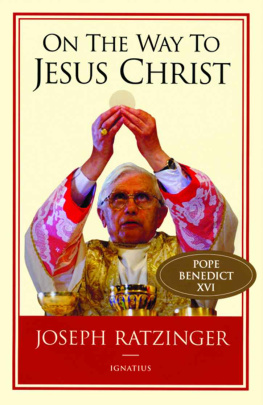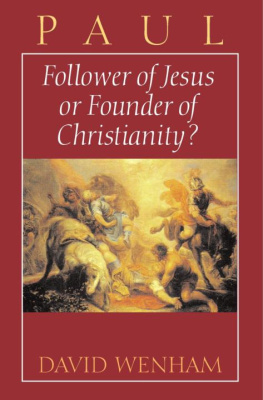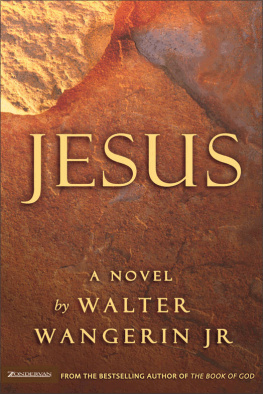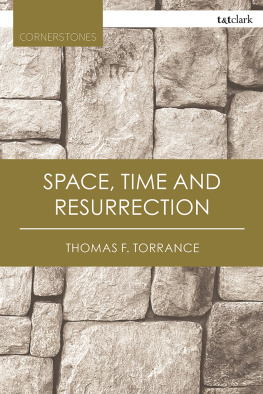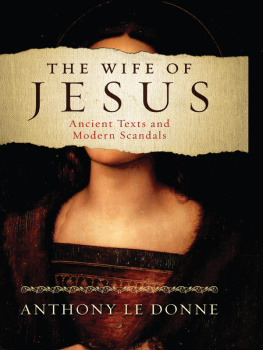IN ORDER TO STIFLE DISSENSION IN THE CHURCH.
The Council was pivotal in defining Christian belief about Jesus Christ and his divinity.
This Creed affirms that Jesus Christ is the only begotten Son of God, of one substance with God the Father, but that he was also a true man. Any account of Jesus has to consider both the life of the man Jesus, the historical person who lived in Galilee, and what Christians believe about him. Whether one is a Christian or not depends on whether one believes the Jesus of history is identical with the Christ of faith.
The man whom we know as Jesus Christ was born during the reign of Augustus, the first Roman Emperor (63 BC-14 AD), around the year 4 BC. He was Jewish and brought up in Galilee, though he may not have been born there.
COULD THIS BE THE EARLIEST PORTRAIT OF JESUS?
During the final years of his short life, he became well known as a religious teacher in various parts of Galilee, Samaria and Judaea, including Jerusalem.
Around the year 30 AD during the reign of the Emperor Tiberius (42 BC-37 AD), he was put to death by crucifixion by the Roman Procurator (or governor). After his death, he was believed to have made messianic claims on his own behalf. Even during his life, his claims and his actions were deeply offensive to orthodox Jews.
The Evidence that Jesus Existed
After his death, his followers formed a sect, which has grown in strength ever since. They believe that Jesus rose from the dead, and that he is in fact God.
Within a century of his death, Jesus was mentioned as a real person by the Roman historians, Suetonius (c. 69-122 AD) and Tacitus (c. 56-117 AD), by the Jewish leader and writer Josephus (c. 37-97 AD), and also by the Roman writer and administrator, Pliny the Younger (c. 61-113 AD).
His followers also compiled various accounts of his life, known as gospels, from the Old English godspel, meaning good news. Gospels attributed to the apostles of Jesus, Mark, Matthew and Luke, are widely held to date from 60 to 80 AD. A fourth, Johns Gospel, was probably written after 100 AD.
Earlier than any of the Gospels were several of the numerous letters or Epistles of St. Paul.
THE EARLIEST IS MY FIRST EPISTLE TO THE THESSALONIANS OF ABOUT 50 AD.
There is also an early Acts of the Apostles which recounts the doings of the very early Church from Jesus death until about 65 AD.
Jesus of History
All the early sources, Christian and non-Christian, take it for granted that Jesus was a real, historical person. An impartial and objective outline of Jesus life, such as that given in the previous section, could have been written at almost any time since Jesus death.
FEW HISTORIANS OF ANY STANDING WOULD WISH TO QUARREL WITH THIS OUTLINE.
PROBLEMS ARISE WITH THE EMBELLISHMENT OF THIS ACCOUNT.
The Gospels provide fuller accounts, but these are strongly coloured by theological interpretations of Jesus life and, in any case, were written a good 30 years or more after his death.
THIS DOESNT MEAN WE SHOULD REJECT THEIR VALUE AS HISTORICAL SOURCES.
BUT IT DOES SUGGEST THAT WE CANT ALWAYS TAKE THEM AT FACE VALUE.
Chapter and Verse
In Matthew 24.30, Mark 13.26 and Luke 21.27, Jesus is represented as referring to a passage in the Old Testament Book of Daniel (chapter 7, verses 13-14): I saw in the night visions, and, behold one like the Son of man came with the clouds of HeavenAnd there was given him dominion, and glory, and a people.
The reference is in Jesus reply to his disciples on the Mount of Olives.
What shall be the sign of thy coming and of the end of the world?
they shall see the Son of Man coming in the clouds of heaven with power and great glory.
Fact, Fiction or Drama Documentary?
Many New Testament scholars regard this and similar passages as words put into Jesus mouth by the evangelists after his death, rather in the manner of much contemporary popular biographical writing which veers towards the fictional.
MARRY ME, BESS.
NOT ON YOUR LIFE!



